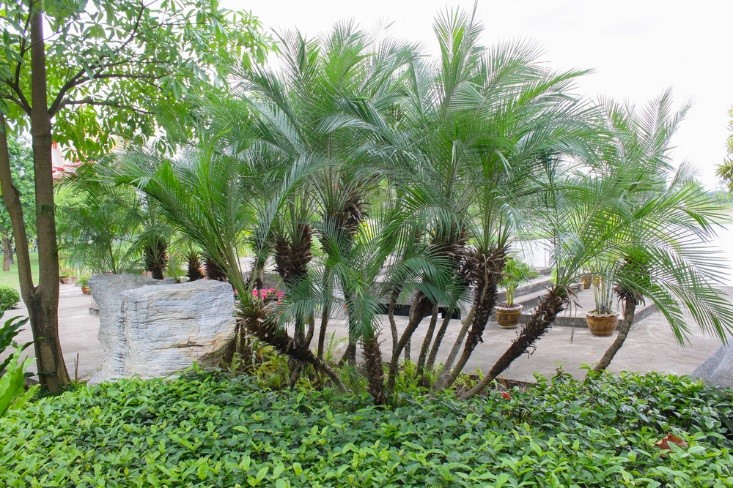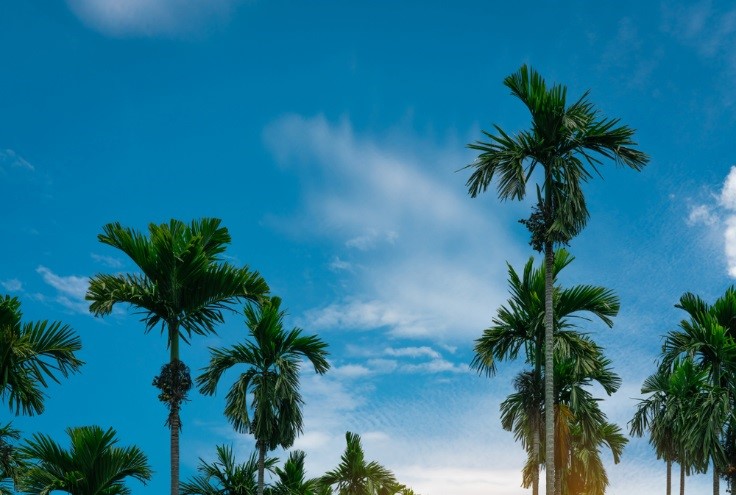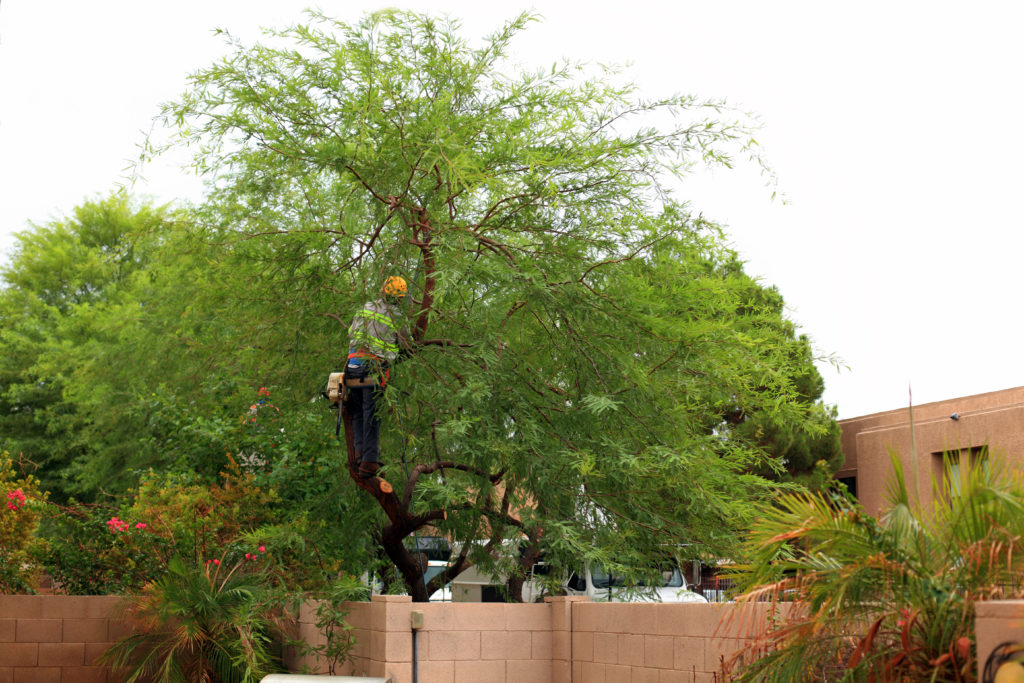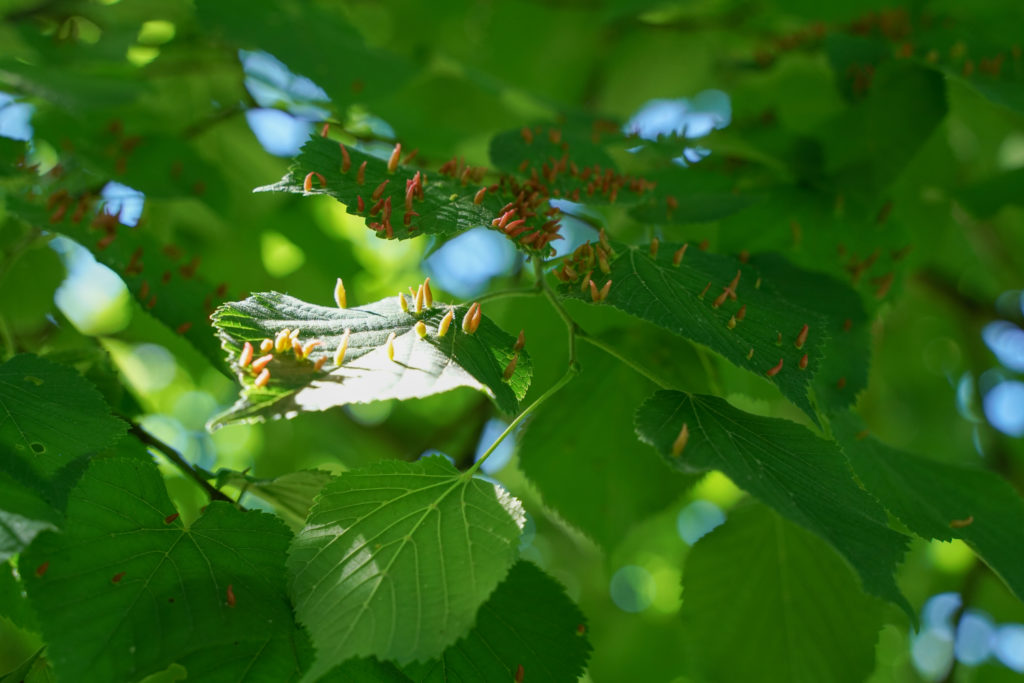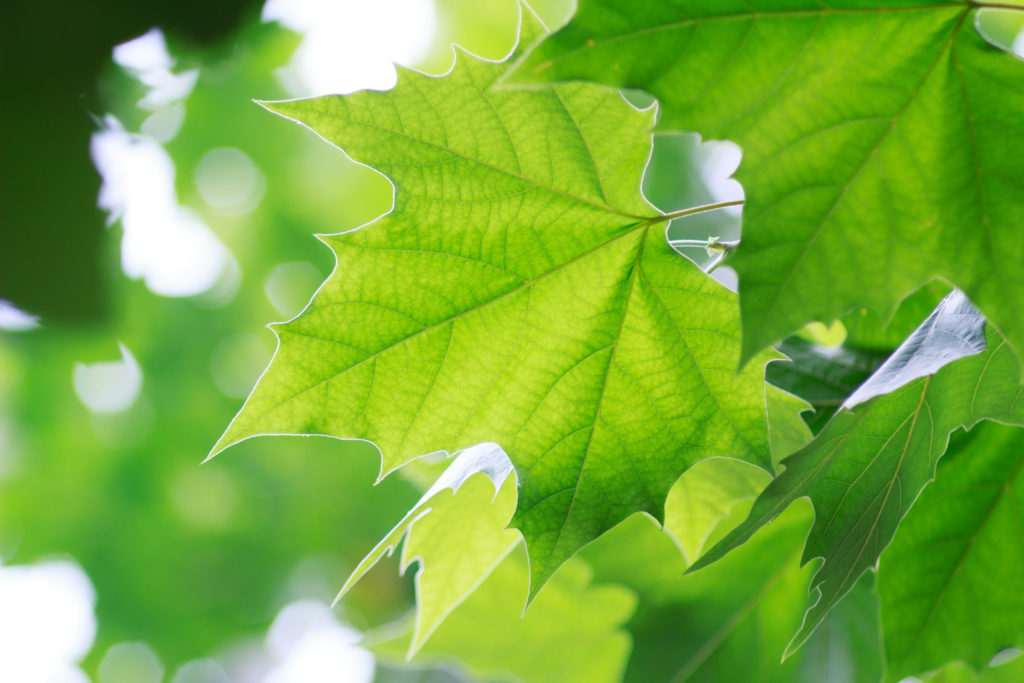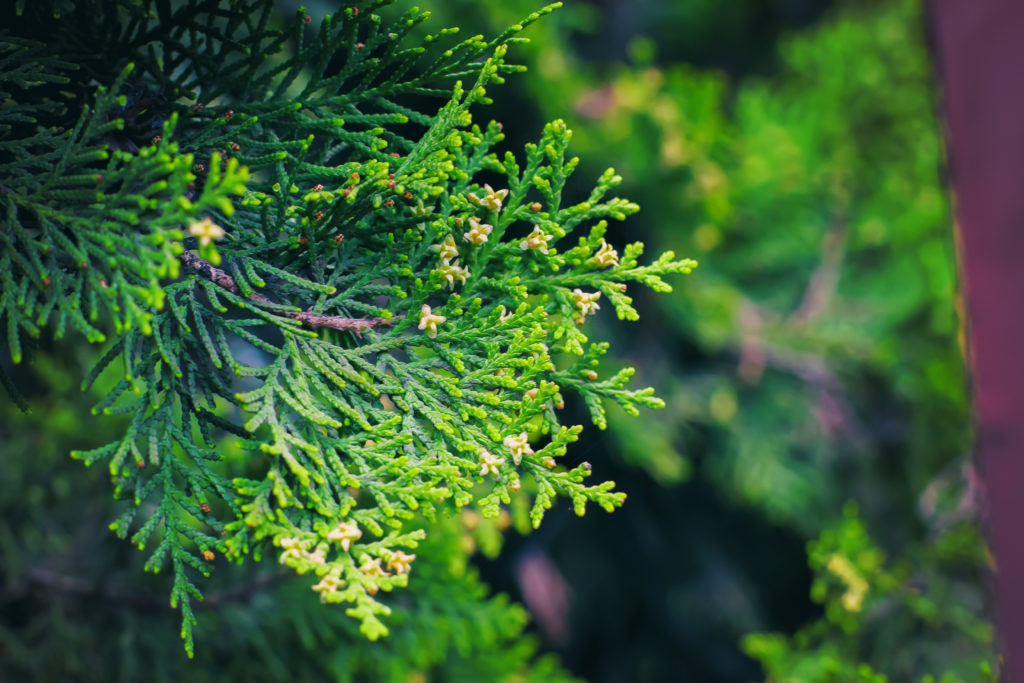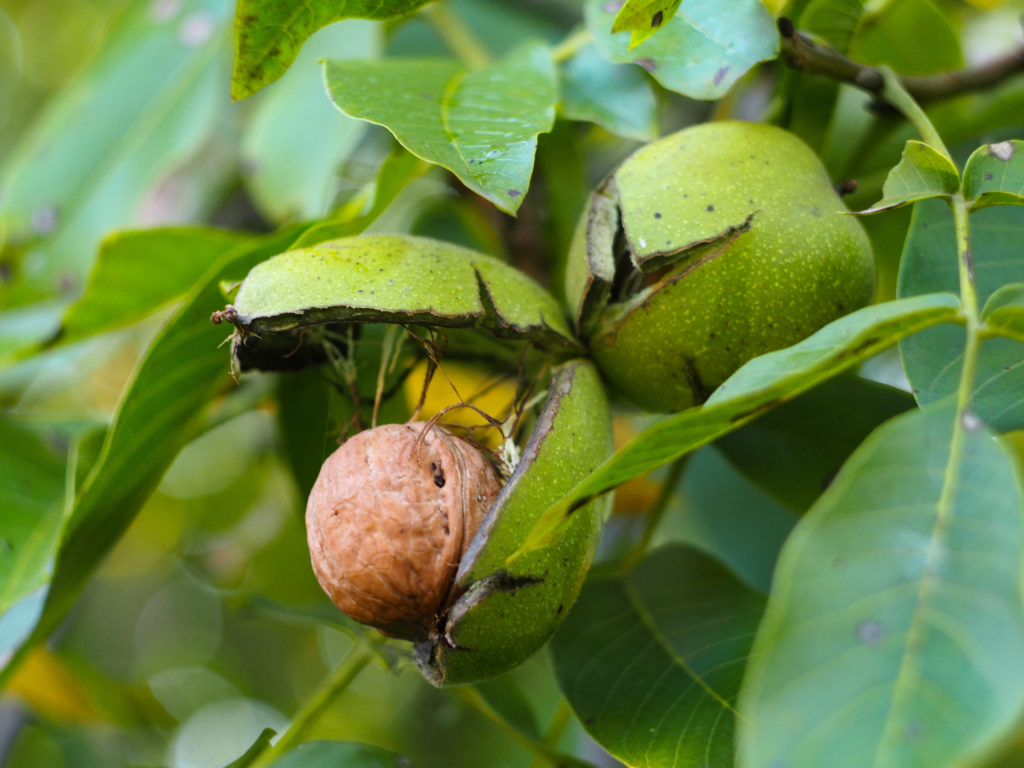
Shade trees thrive from the Florida sun rays, while also cooling down your landscape to make your outdoor space more enjoyable. From the dense Chapman Oak to the tall and beautiful Live Oak, there are a plethora of tree specimens that are adaptable to Florida’s temperature and soil. Continue reading to find out more information on the different type of shades trees that are native to Florida!
Chapman Oak
Experts state the “Chapman Oak is abundant along the west coast of Florida from Tampa Bay north to Panama City. The largest known specimen grows in the Ocala National Forest east of Ocala, Florida.” Also known as the Quercus chapmanii, this tree grows about 15-20ft. tall and stays green from March until May. This oak can be found in sandy hills and coastal regions near the sea. It is drought tolerant and requires full sun, making it easy to manage if you need shade during the summer. The Chapman Oak’s dark leathery leaves and broad branches provides enough shade coverage for backyards and outdoor spaces.
Live Oak

South Florida’s native tree is the live oak tree, also called the quercus virginiana. This classic shade tree has deep roots that are perfect for hurricane-prone areas in Florida. The live oak is “known for its canopy shape and dramatic arching branches that reach out horizontally from the trunk. These branches have reach—and uplighting them creates a beautiful effect at night.” This tree is able to thrive with little care, since it can grow in acidic soil and full sun wherever you need it to be.
Swamp Chestnut Oak
A large tree with a compact, rounded crown and chestnut-like foliage, the swamp chestnut oak is known for its ornamental usage for shade and beauty. With its moderately dense coverage and thick trunk, this tree can tolerate most conditions such as swamps and floodplains. It grows best in moist soil and only requires partial shade. When the fall season approaches, its leaves turn different colors. The Swamp Chestnut Oak is long-lasting and slow growing, so you can enjoy this tree and its foliage for many years to come.
Conclusion
Planting a shade tree can be a great decision if you’re a Floridian resident. We recognize that growing shade trees around your property is beneficial in more ways than one, which is why you should take the time to schedule a tree service. Your shade trees deserve the best, so call on the arborists at The Palms Tree Service, Inc. for professional tree services today.
